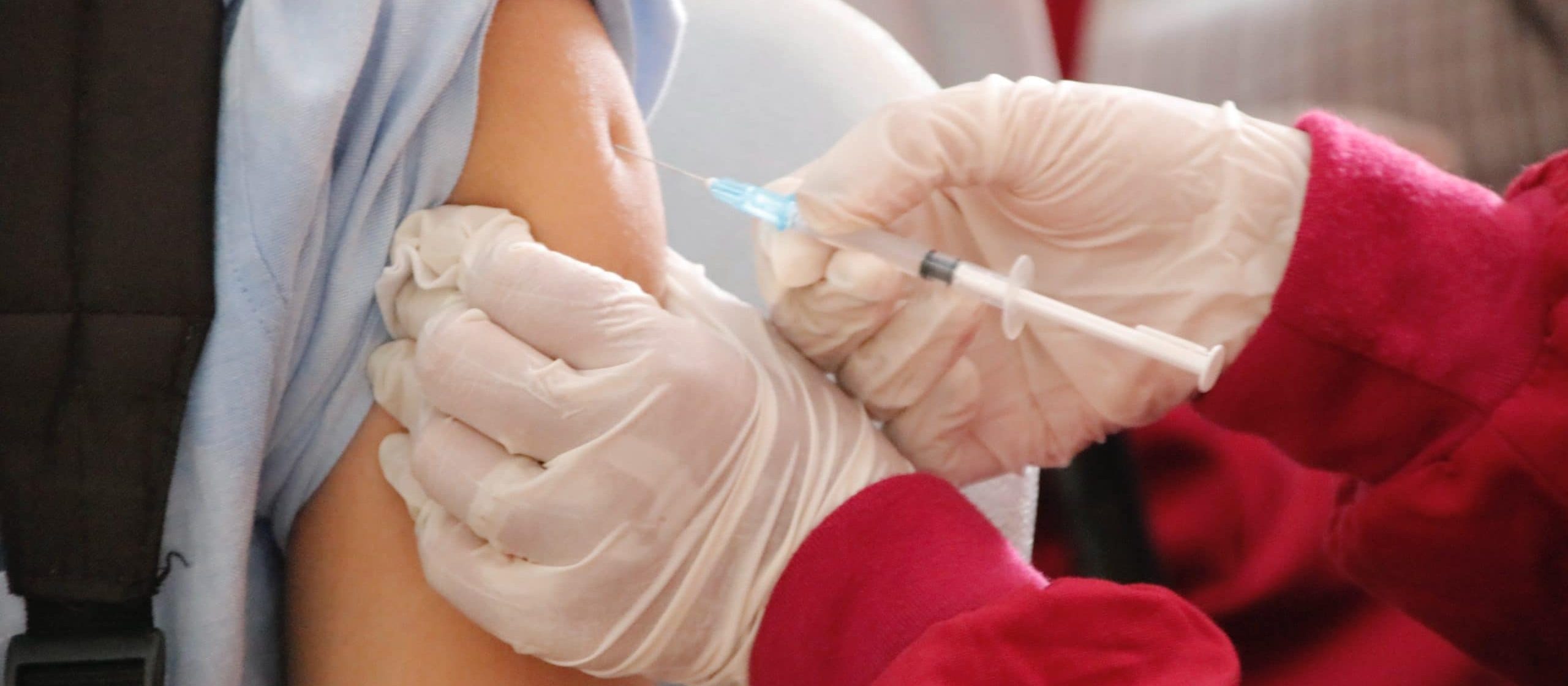 Richard Armitage is a GP and Public Health Specialty Registrar affiliated with the Division of Epidemiology & Public Health at the University of Nottingham. He is on Twitter: @drricharmitage
Richard Armitage is a GP and Public Health Specialty Registrar affiliated with the Division of Epidemiology & Public Health at the University of Nottingham. He is on Twitter: @drricharmitage
The emergence and rapid spread of the SARS-CoV-2 B.1.1.529 variant of concern (Omicron) has triggered many COVID-19 booster vaccination campaigns globally, including that being delivered by primary care in the UK. While the benefits of COVID-19 vaccination to individuals and wider society are loudly championed by public health authorities, additional methods by which individuals can further protect their health against the impacts of COVID-19 –
…methods traditionally central to public health promotion campaigns – are being entirely neglected…
methods traditionally central to public health promotion campaigns – are being entirely neglected by those authorities. As such, an opportunity to improve multiple domains of population health, including COVID-19 effects, is being unnecessarily missed. In the UK, primary care now has the chance to correct this.
Non-communicable diseases (NCDs) are responsible for over 70% of annual global deaths, and are now recognised risk factors for poor outcomes in COVID-19 infection. A study of 906,849 COVID-19 hospitalisations in US adults found that 20.5%, 30.2%, and 26.2% were attributable to diabetes, obesity, and hypertension, respectively.1 A 35‐year‐old with diabetes, obesity, or hypertension has a similar risk of COVID‐19 hospitalisation as a 75‐year‐old with none of these conditions, and a similar risk of COVID‐19 death as a 65‐year‐old with none.2
NCDs share multiple risk factors such as unhealthy diet and physical inactivity. More than 25% of adults3 and 75% of adolescents4 fail to achieve WHO physical activity recommendations, trends intensified by COVID-19.5 Many NCD risk factors are now also associated with poor COVID-19 outcomes. A study of 48,440 US adults with COVID-19 infection found that those who were consistently inactive had a greater risk of hospitalisation (OR 2.26, 1.81-2.83), admission to ICU (OR 1.73, 1.18-2.55), and death (OR 2.49, 1.33-4.67) than those meeting physical activity recommendations.
Many NCD risk factors are modifiable, and are therefore targeted in health promotion campaigns that empower individuals, communities and societies to take control of their health through positive behaviour changes such as healthy diet and physical activity. Since these risk factors also predict poor COVID-19 outcomes, targeting them through health promotion would also protect populations against the pandemic.
The global response to omicron will bring tens of millions in direct contact with health professionals to receive booster vaccines. In the UK, most of these contacts will be in primary care. As such, primary care practitioners should harness this opportunity to promote the multiple benefits of healthy diet and physical activity. Such health promotion would mark an important change in public health messaging –
…in addition to vaccination, healthy diet and physical activity should be central to each individual’s strategy to protect themselves…
that, in addition to vaccination, healthy diet and physical activity should be central to each individual’s strategy to protect themselves against not only COVID-19, but also a variety of NCDs, including the mental health impacts of the on-going pandemic.6 Combined with signposting to relevant support services, such agency-promoting messaging targeting familiar risk factors would empower individuals to take increased control over their health, and protect populations against the direct consequences of COVID-19, the pandemic’s wider health impacts, and the co-existing plague of NCDs.
References
1. M O’Hearn, J Liu, F Cudhea, et al. Coronavirus Disease 2019 Hospitalizations Attributable to Cardiometabolic Conditions in the United States: A Comparative Risk Assessment Analysis. American Heart Association 02 March 2021; 10(5) 10:e019259. DOI: 10.1161/JAHA.120.019259Journal
2. EK Stokes, LD Zambrano, KN Anderson, et al. Coronavirus Disease 2019 case surveillance — United States, January 22‐May 30, 2020. MMWR Morbidity and Mortal Weekly Report 19 June 2020; 69: 759–765. DOI: https://dx.doi.org/10.15585%2Fmmwr.mm6924e2
3. R Guthold, GA Stevens, LM Riley, et al. Worldwide trends in insufficient physical activity from 2001 to 2016: a pooled analysis of 358 population-based surveys with 1·9 million participants. The Lancet Global Health 01 October 2018; 6(10): 1077-1086. DOI: 10.1016/S2214-109X(18)30357-7
4. R Guthold, GA Stevens, LM Riley, et al. Global trends in insufficient physical activity among adolescents: a pooled analysis of 298 population-based surveys with 1·6 million participants. The Lancet Child & Adolescent Health 21 November 2019; 4(1): 23-35. DOI: 10.1016/S2352-4642(19)30323-2
5. S Stockwell, M Trott, M Tully, et al. Changes in physical activity and sedentary behaviours from before to during the COVID-19 pandemic lockdown: a systematic review. BMJ Open Sport & Exercise Medicine 2021; 7:e000960. DOI:10.1136/ bmjsem-2020-000960
6. SR Chekroud, R Gueorguieva, AB Zheutlin, et al. Association between physical exercise and mental health in 1·2 million individuals in the USA between 2011 and 2015: a cross-sectional study. The Lancet Psychiatry 01 September 2018; 5(9): 739-746. DOI: 10.1016/S2215-0366(18)30227-X






